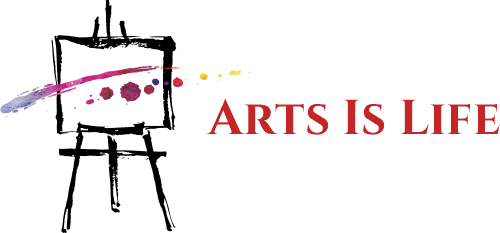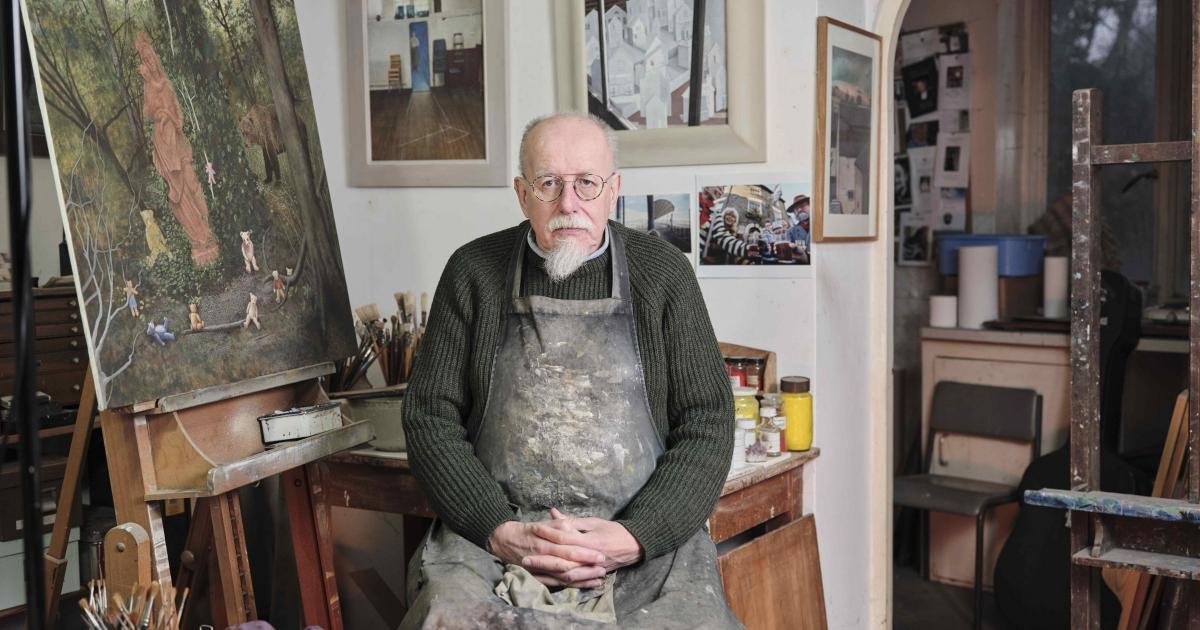Heman Chong, The Library of Unread Books, 2016-Present. Installation view of Serpentine Pavilion 2024, Archipelagic Void, designed by Minsuk Cho, Mass Studies
Photo Heman Chong
Singaporean artist Heman Chong has built a compelling, unconventional practice that spans painting, writing, performance, installation and what he calls “situations”. Known for his sharp wit, conceptual rigor and fascination with systems of language, politics and infrastructure, his work often explores the gaps between information and interpretation, presence and absence. He represented Singapore at the 2003 Venice Biennale and recently exhibited “The Library of Unread Books”, a roving public reference library composed entirely of unread books donated by individuals that reflects the surplus of knowledge in contemporary life, at the Serpentine Pavilion in London in 2024. With his first major survey show, “This is a dynamic list and may never be able to satisfy particular standards for completeness”, now on view at the Singapore Art Museum until August 17, 2025, he reflects on over two decades of restless experimentation and invites us to embrace the incomplete, the overlooked and the unresolved.
Your Singapore Art Museum exhibition title “This is a dynamic list and may never be able to satisfy particular standards for completeness” is taken from Wikipedia’s terms and conditions. What about the impermanence and incompleteness of digital information resonates with your practice?
The title of this survey is itself an artwork. I borrowed the phrase from Wikipedia, where it appears on list pages. I feel a connection to it because many of the objects that interest me seem to constantly shift in meaning. Whether we like to accept it or not, the fact is everything around us is constantly changing on an atomic level. Every moment is different from the next. We can never recreate a moment in time because it is just physically impossible. I think we like to think about stability and consistency and how we all like to feel safe in that cocoon of fiction, but unfortunately, life is often made up of all these different things thrown at us and I’ve always felt, quoting a beautiful title from a book by Joan Didion, to “play it as it lays”.
Installation view of Heman Chong’s Monument to the people we’ve conveniently forgotten (I hate you), 2008, as part of the exhibition “This is a dynamic list and may never be able to satisfy particular standards for completeness” at Singapore Art Museum at Tanjong Pagar Distripark
Photo courtesy of Singapore Art Museum
Your exhibition is framed around nine thematic rooms. How did you decide on these themes, and what kind of journey do you hope visitors will experience as they move through the space?
The nine parts of this exhibition form a constellation of a large part of myself, so in fact, the exhibition layout is somewhat autobiographical. The parts are: Words, Whispers, Ghosts, Journeys, Futures, Findings, Infrastructures, Surfaces and Endings. To be honest, I’ve never expected anything from the audience and they are free to experience whatever they would when they encounter my work.
For your six new commissions in this exhibition, what was the starting point for them? Were they conceptually linked to your earlier projects or did they represent a new departure?
Everything that I’ve ever made has a formal or sometimes emotional relationship to each other. One project spills into the other. Everything is a mess and I like this messy way of working. It is difficult to think of imaginary beginnings or ends for each of my works because, as the title of the exhibition would suggest, I am very invested in open-endedness and incomplete things.
Installation view of Heman Chong’s Calendars (2020-2096), 2004-2010, as part of the exhibition “This is a dynamic list and may never be able to satisfy particular standards for completeness” at Singapore Art Museum at Tanjong Pagar Distripark
Photo courtesy of Singapore Art Museum
What do you feel is the role of the artist in society? What do you hope to achieve or what message do you hope to convey through your art at the end of the day?
I view my role as an artist as a privileged individual whose job is to, hopefully, think differently from the norm. By offering alternative perspectives, I hope to create more open and meaningful spaces in our society to engage with complex topics such as inequality, identity, esthetics, existential questions and community.
After this survey exhibition, what new projects or exhibitions are you working on? Are there new directions or themes you’re eager to explore next?
I am working on many projects at the moment. The first is a book that will be published by the wonderful Ivory Press in Madrid. The second is a new temporary sculpture for the Middelheim Museum in Antwerp that will be installed for a year in their beautiful outdoor gardens. I am also the artist in residence this summer at the Asia Art Archive in Hong Kong, where I will dedicate my time to thinking about a show curated by Hou Hanru at Tai Kwun Contemporary about my favorite artist, On Kawara. I am also working on a long-term publishing project with a bookshop called Page Not Found in The Hague that will become a dispersed exhibition in The Netherlands. Finally, my work is included in the 30th anniversary show at the Museum of Contemporary Art Tokyo this autumn. I am working on many other solo shows, but I am not allowed to discuss any details about them right now, so stay tuned!






